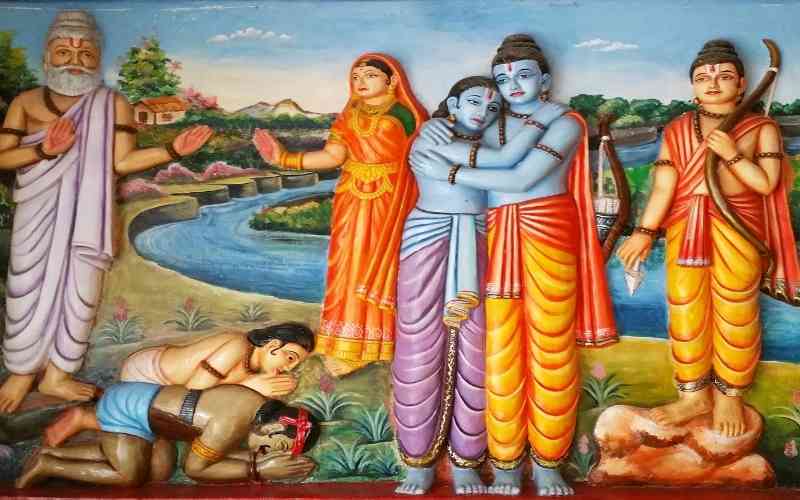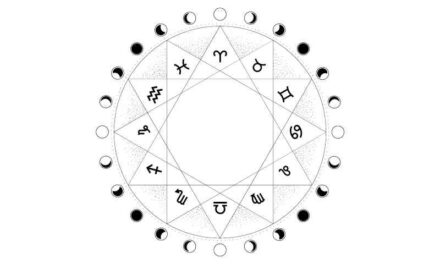According to legend, the area of land known as Bharatavarsha in India is the holiest location on the face of the planet. There are other holy sites in the world/universe, without a doubt, but Bharatavarsha is the most sacred of them all.
It has also been said that the stretch of land between the rivers Ganga and Yamuna inside Bharatavarsha is even more holy than the rest of the region.
According to the scriptures, this area of land has been considered holy from the beginning of time for the following reasons
- this is the location where great saintly persons (rishis, munis, tapasvis, yogis, and so on) have practiced their sadhana (spiritual practices).
- This country has holy rivers such as the Ganga, the Yamuna, the Godavari, the Sarasvati, the Narmada, the Sindhu, and the Kaveri, among others.
- There are several religious spots in this area, such as Rameshwaram, Kanchipuram, Dwaraka, Mathura, Jagannatha Puri, Badrinath Temple, Vrindavan, Ayodhya, Guru Vayur, Tirupati, and Madurai, among others.
- There are holy mountains in this area, such as the Himalayas, Kailash, Goverdhan, Brhamagiri, Sabrimala, and others.
- This country is home to hallowed lakes, sacred spots of pastimes of the Supreme Lord and His followers, and so on and so forth
All of the above has transformed Bharatavarsha into a hallowed place where dharma (religion) takes precedence. According to the Bhagavad Gita (1.1), “dharma-khetre kuru-ksetre – at the site of pilgrimage at Kurukshetra” is a reference to this reality as well.
On the natural course of events, the Supreme Lord and His representatives manifest themselves on the holy ground known as Bharatavarsha, in the Indian subcontinent.
The semantics of a territory’s name is secondary; its geographical identification is the most important consideration. As a result, the geographical location of the area to which the name Bharata was given is of major importance.
Obviously, we are now talking about the “Ancient Bharatavarsha” (ancient Bharatavarsha) (not about Modern India). The present aim is to determine the position and contour of Ancient Bharatavarsha, which is a difficult process.
What strategy would we use to deal with such a situation? Where can we find the records that we need to consult in this situation? What is the reliability of these records?
“Ancient literature” is an excellent tool for this goal. We have a huge collection of ancient books that have survived from the Jain, Buddhist, and Hindu religions. These are supplemented to some degree by the ancient Greco-Roman writings, which are also included.
Ancient Indian scriptures are replete with references to historical geography. An additional benefit of referring to these writings is that the geographical and topographical data contained within them is self-correcting. How?
In the tales they tell, these ancient books refer to “clusters of contiguous regions” that have “unique topological configuration” and “unique topological configuration.” After placing the various sets of geographical evidence relevant to the elements of the contiguous and configured cluster side by side.
Reciprocal corroborations begin to support the reality of that territorial cluster’s assertions. The combination of many simultaneous territorial bearings provides us with a fix over a specific geographical area.
The geographical position and contour of Bharatavarsha are the subject of our contemporary dispute.
Let us begin collecting information about Bharatavarsha from ancient books one by one and interpreting what we have learned about him so far. Finally, we would bring together all of the conclusions made from the interpretations to form a concluding conclusion.
When we read ancient manuscripts, we must be mindful of the nature of the information we are attempting to extract. Exaggerations, analogies, and hyperbole abound in these passages of literature.
The plot threads are ambiguous, contradictory, and deceptive. As a result, we must have sophisticated analytical tools that can break down information into its constituent parts and select out the genuine information. What is it about a location that makes it sacred?
Sacred places include places where the Dharma is maintained, places were great devotees of the Lord dwell or have resided, and places where the Supreme Lord appears or has shown Himself in form of pastimes.
During a conversation with Mahatma Vidura in the Bhagavat Purana (1.1.3.10), Yudhishthira Maharaja says, “My Lord, devotees like your excellent self are really holy places embodied.” Due to the fact that you carry the Personality of Godhead inside your heart, you transform every location into a pilgrimage site.”
When Narada muni approaches Lord Vishnu, he is informed that he is neither present in Vaikuntha nor is he present in the minds of the yogis. This is recorded in the Padma Purana. “I continue to reside in the places where My devotees exalt My name, shape, characteristics, and transcendental pastimes.”
At the end of the day, wherever the Lord dwells, that location is the most holy.





